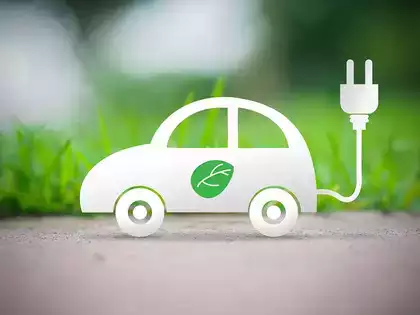How green is your car?

This is the logic basis which NGT banned petrol vehicles over 15 years old and diesel vehicles over 10 years old in Delhi-NCR, an order upheld by SC in 2018. Over 59 lakh vehicles have accordingly been deregistered since then. For context, Delhi currently has 82 lakh active vehicles. But all this pell-mell activity is on one side. What’s going on on the other side?
Auto industry also has an immense environmental impact at the manufacturing stage – where it has one of the highest rates of raw material consumption and pollution globally. Thus, when people take good care of their vehicle, but are forced to replace it without anyone bothering to check how (un)polluting it is, that hardly helps sustainability’s cause.
A much better policy would be to make massive investments in pollution testing infra. This is unconscionably leaky across the country. EPCA research indicates that even in Delhi only 15-20% of the most grossly polluting vehicles on the road are being identified by the testing centres. A robust framework for quality control is absent.
And what happens to vehicles that are deregistered? Some may leave the capital to ply in less regulated pastures. Some will need scrapping. End-of-life vehicles, along with electrical and electronic equipment, are already the main sources of solid waste after municipal solid waste.
What’s to be done with an exponentially growing volume of this waste? A formalised and high-tech circular economy in Japan ensures that the recycling rates for airbags and auto shredder residue are 85% and 70%, respectively. This is what India needs to achieve as well, instead of just doing the easy thing of policing consumers.

